Did you know that one of the TOP 5 issues found at the University of Florida Plant Diagnostic Center is “No Disease Detected”? Basically, that means the plant issue is something other than a pest or disease. That also means more pesticides is not the answer.
It is easy to jump to meltdown scenarios when you see a favorite plant looking less than stellar. Here in Florida’s sandy soil, water and nutrients do not exactly stick around. That is why Florida native plants are excellent choices for the landscape…they adapted and evolved in this humid hellscape, thriving on a sandbar complete with year-round insects, weed competition, and the occasional battering by hurricane.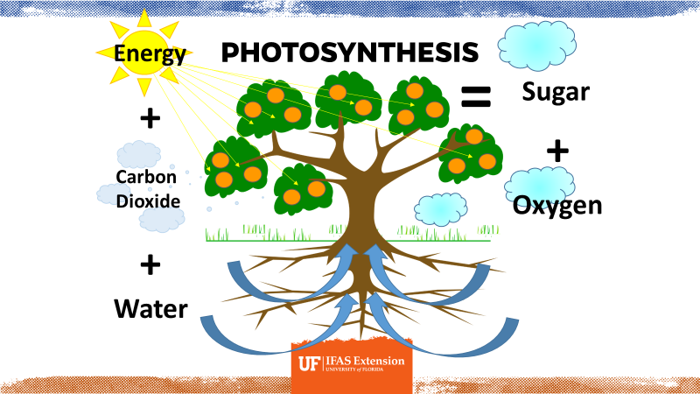
Many undesirable landscape issues here in Florida are related to poor plant nutrition. Do not get me wrong, we still have plenty of diseases and insects to deal with, but healthy plants handle those things better, while stressed plants suffer.
Read your plants! For real, you can kind of read your plants. Look at what growth is declining, new or old? Is it speckled, crinkled, pale, purple, veins discolored? Is the plant stretching, wilting, stunted?
Before jumping to meltdown scenarios, consider how plants eat.
PLANTS EAT LIGHT! WATER! & CARBON DIOXIDE!
That process is called photosynthesis, so make sure your plant is getting the proper amount of light, water, and airflow.
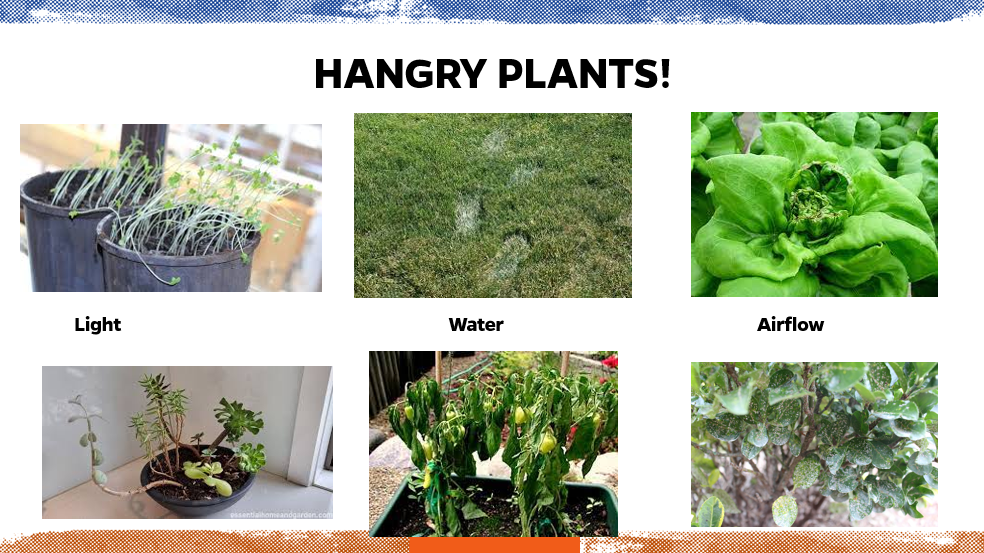
These issues are all too common, so please, plants beg of you, put the right plant in the right place. Turf under trees=Nope…not enough light! Packing in newly installed plants for a full landscaped look + 5 years later=Nope…poor airflow leads to issues!
Beyond the light diet, plants need nutrients. Scientists have settled on 17 essential plant nutrients. The essential nutrients are those required by the plant that it cannot complete its life cycle without.
- Carbon, hydrogen, and oxygen come from the air and water
- Nitrogen, phosphorus, and potassium are primary nutrients used heavily by the plant
- Calcium, magnesium, and sulfur are secondary nutrients that may be available in the soil
- Iron, zinc, molybdenum, manganese, copper, cobalt, boron, and chlorine are micronutrients that are required in trace amounts
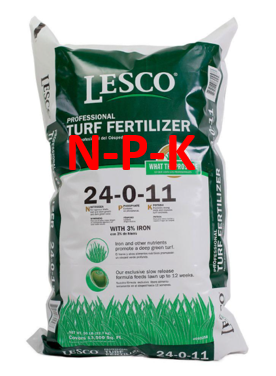 These nutrients are only available to the plant when the pH is in the correct range for that plant. pH is like the gatekeeper that determines which nutrients come into the root, and which are locked out! pH controls a lot in our lives, think vinegars versus soaps, or when you take some of that pink pepto to counteract the acidity in the tum tum. Think—TUMS!
These nutrients are only available to the plant when the pH is in the correct range for that plant. pH is like the gatekeeper that determines which nutrients come into the root, and which are locked out! pH controls a lot in our lives, think vinegars versus soaps, or when you take some of that pink pepto to counteract the acidity in the tum tum. Think—TUMS!
The optimal pH range for most vegetable and landscape plants in sandy soils is 5.8 – 6.3, and it is commonly accepted that no adjustment of pH is needed if the pH is between 5.5 – 7. There are special scenarios where we may prefer an acid loving plant like an azalea, camellia, or blueberry where the pH needs to be 4.2 – 5.2. You could add ammonia and/or sulfur based fertilizers to reduce the pH, or just put these acid lovers in the acidic parts of the yard. Everyone will be happier that way!
On the other hand, an acid loving plant in a neutral soil will be HANGRY! The plant will not have access to the nutrients it needs to complete its life cycle and the plant will show it.
Hangry plants can just happen in sandy soil. The nutrients do not stick around, rather, they move around constantly! UF researchers estimate that many non-native palm trees in Florida die a slow, nutrient deficient death over many years because our sand just cannot hold the potassium needed by the palms. There is fancy potassium available, but is comes at a higher price.
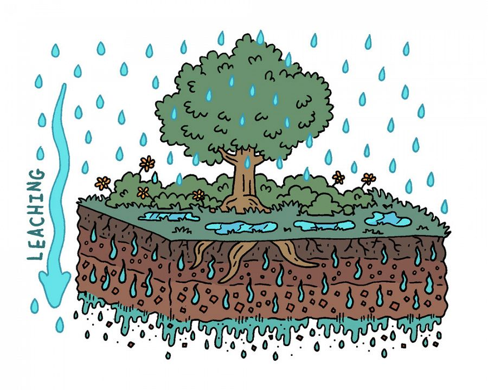 Compounding our sandy soil challenges is our fear of dry plants (and the ever powerful HOA). Plants need water. Too much applied to plants via irrigation or rainfall (or both at the same time) will wash nutrients beyond the root zone and into our local streams, rivers, and lakes. Those nutrients keep working and will grow stuff…algae and aquatic weeds. That leads to major water quality issues that impact recreation, tourism, and wildlife. Plus, it is stinky and ugly. Yuck!
Compounding our sandy soil challenges is our fear of dry plants (and the ever powerful HOA). Plants need water. Too much applied to plants via irrigation or rainfall (or both at the same time) will wash nutrients beyond the root zone and into our local streams, rivers, and lakes. Those nutrients keep working and will grow stuff…algae and aquatic weeds. That leads to major water quality issues that impact recreation, tourism, and wildlife. Plus, it is stinky and ugly. Yuck!
Fortunately, Florida is naturally a subtropical paradise with plenty of plants that will thrive here, including well adapted palms! Select a large majority of your landscape plants to be native or Florida friendly. If you do not select these types of plants, be prepared to pay the price for maintenance while also reducing your expectations of performance.
While we can recreate ecosystems in unnatural places like the palm conservatory at Kew Gardens or Biosphere II in Arizona, that takes a TON of time, money, expertise, and top notch horticultural skill that is not realistic for most landscapes, their budgets, and the local fertilizer laws. 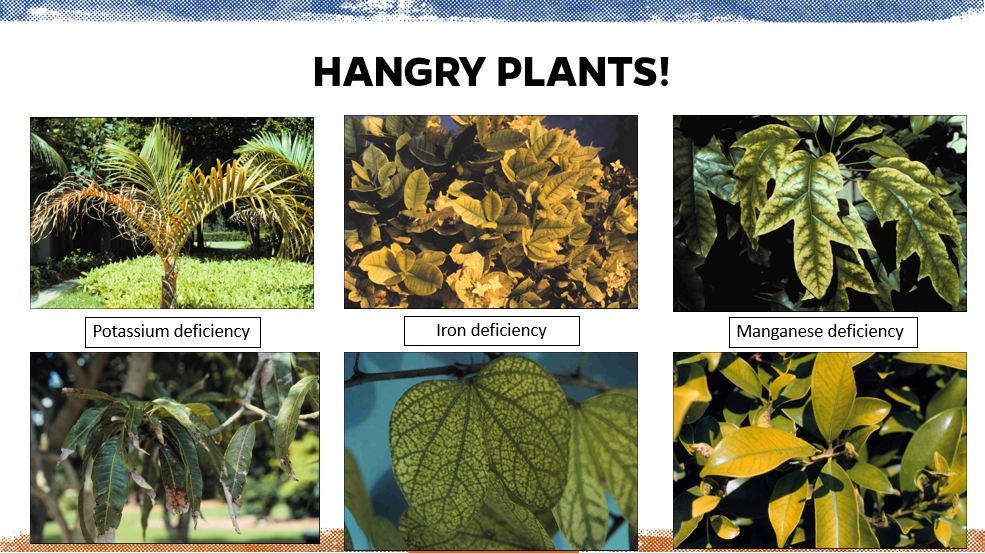
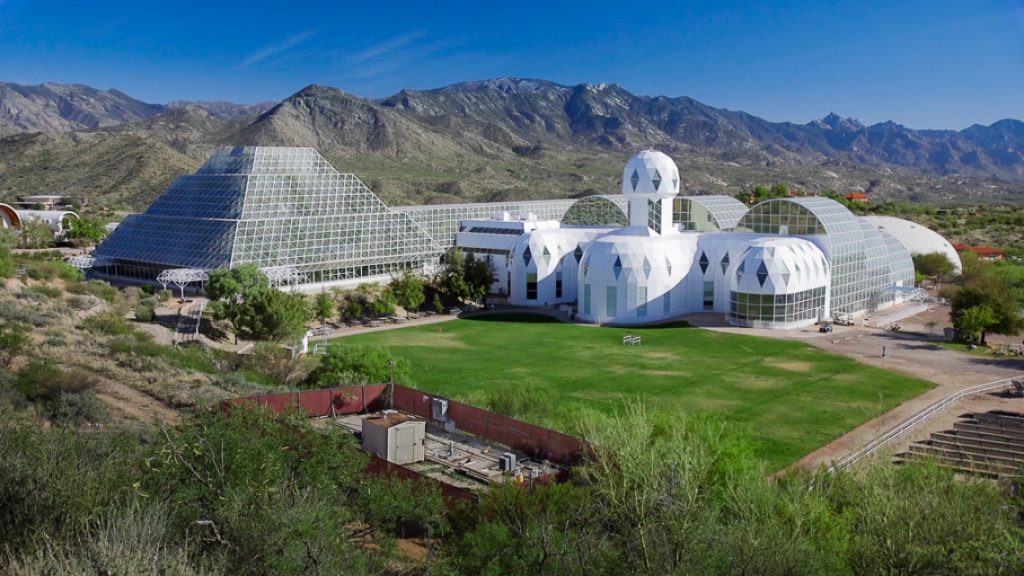
Your landscapers are trained professionals, but they are not magicians. Plants are living creatures, not a mural on a wall that can be quickly touched up. As one turf scientist once famously said, ”You can paint a zebra to look like a horse, but it’s still a zebra.” That is just biology.
You should make it a standard to test your soil. It is especially important if you are developing a fertilizer maintenance plan for any edible or landscape plants, when installing new plants that do not tolerate a wide range of pH, or if you are installing a fancy “diva” plant. She knows what she likes; test that soil! You could get away without testing soil if plants are well established and look fine, which is an indication they do not need more fertilizer. You can also get away without a soil test if you select all Florida Friendly plants tolerant of a wide range of soil pH appropriate for that site condition.
If you are applying fertilizer to the landscape or dealing with a potentially hangry plant, you need to know how to comply with local fertilizer laws while also fixing the issue.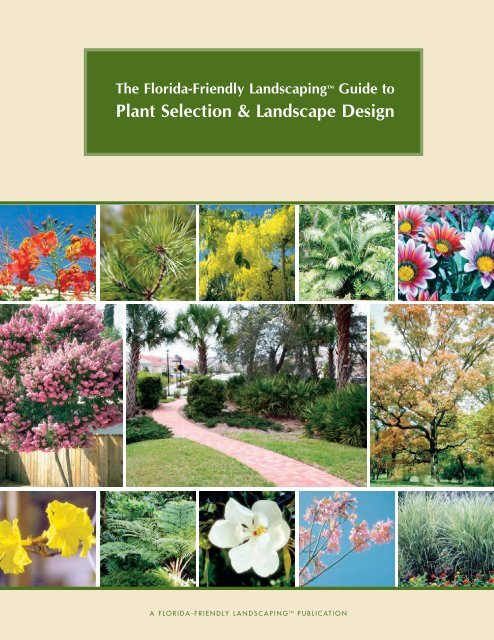
- Check your local fertilizer ordinance
- There is an app for that!
- Test your soil
- The pH is the most important for turfgrass management
- Good to have an idea of other nutrient levels
- Follow UF/IFAS turf fertilization recommendations
- Adjust application rates and timing to follow the laws
- Measure the property.
- Calculate the fertilizer application rates
- Make sure to follow the legal limits
- Calibrate your fertilizer spreader
I really want to lead you to select plants that do not need much extra fertilizer, plants that are perfectly happy in Florida’s hellscape. Chances are, even the best plant selections will do better when they are off to a good start. Adding compost is an excellent soil amendment with many benefits like added water holding capacity. Once plants are well established in the landscape, add mulches on top of leaves to build up that organic matter. There is a soup of beneficial microbes and cycling and recycling of soil nutrients in established landscapes. You can often use other organic, carbon based, materials to add these benefits. In fact, it is great to keep these excellent carbon based resources in your yard rather than the landfill.
There are commercially available composts, or you can make your own!
If you prefer working with manufactured fertilizers, there is some excellent chemistry available for your plants. Slow release fertilizers can slowly release nutrients to your plants over many months. Since these slow release fertilizers are manufactured, they can align with fertilizer laws very well. That slow release coating may be the only thing that allows you to limp through the active summer growing season preventing total hanger. Often times composts may have phosphorus or other polluters, but here are other benefits of composts that we desire, like the fact that they are recycled (that pollution was going to happen anyway, so we may as well capitalize on it).
Plants do get HANGRY! Read them for deficiencies before applying pesticides. Select plants that can thrive in Florida; natives and Florida Friendly are best for most of the landscape. Limit “diva” plants. Have realistic landscape expectations.
 0
0
